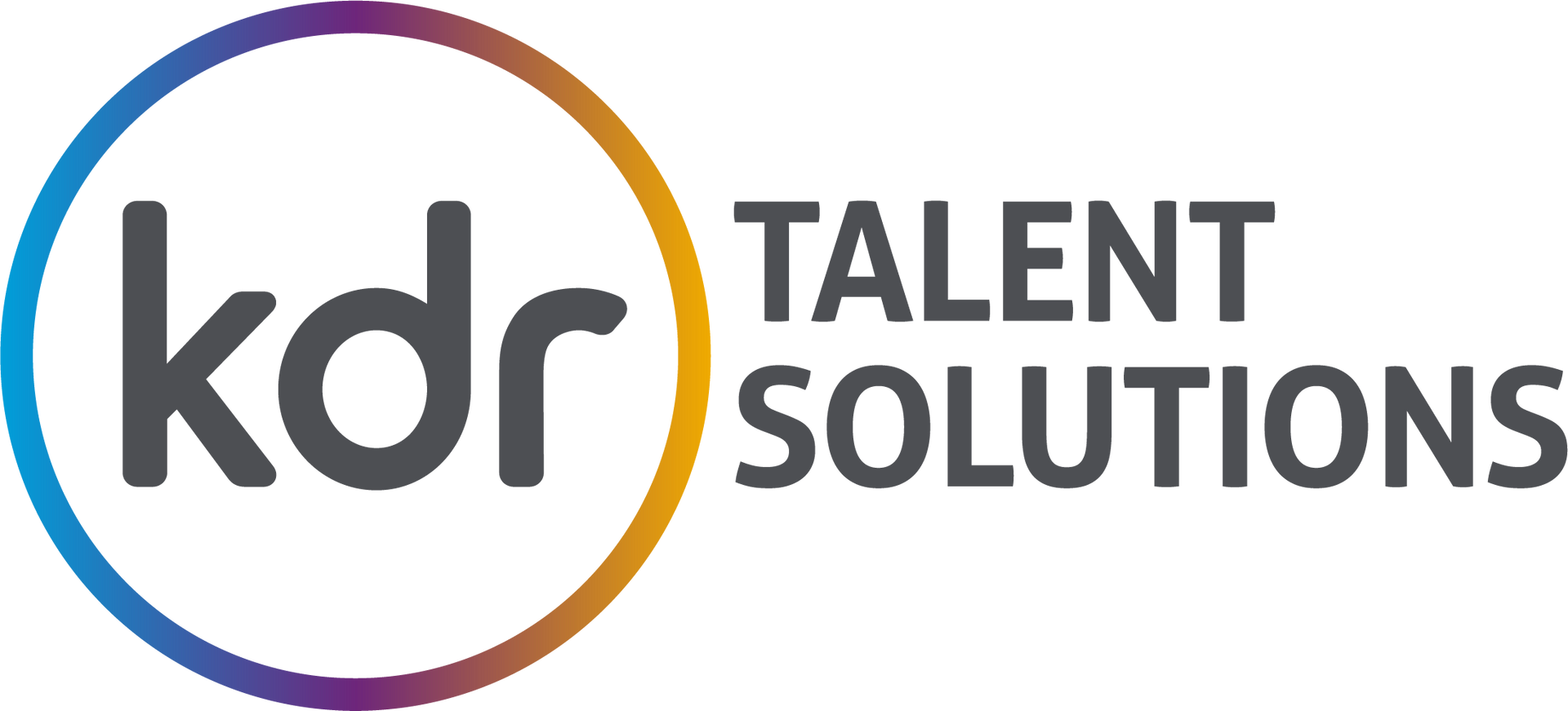Hiring? What's your ROI? - Part 1
Mastering the art of ROI in Recruitment:

Understanding the cornerstone of recruitment ROI – Quality of hire
I think it’s fair to say, it’s been a difficult time for businesses of late, balancing the need to hire with the need to keep costs in check so we wanted to take a look at helping you understand the Return on Investment (ROI) in recruitment because it’s not just about the cost—it's about the value each hire brings to your organisation over time.
As a starting point, we would argue, the cornerstone of recruitment ROI is the 'Quality of Hire' (QoH). How well someone provides positive outcomes for the business is not an easy measurement to capture, but it is insightful and informs how well the rest of the recruitment processes are working. It is also not a metric you can put in place immediately, so you need to wait a few months after a new hire before you can even start to measure if effectively.
Step one would be to set clear, measurable criteria for what constitutes a "quality hire"
Examples would be*:
Performance Metrics
Productivity Metrics: Amount of code written against requirements, impact on sales, number of meetings booked, delivery of products, deadlines met
Culture add
Engagement Metrics
*pick the ones that are relevant to your business
Some businesses prefer to look at retention or turnover rates but these are perhaps a bit more risky to use as these figures can also be linked to wider company issues such as culture, ineffective management, or poor onboarding practices.
Then look at the ratings for each indicator chosen.
Performance Metrics: Conduct regular performance reviews and ratings by supervisors.
Productivity Metrics: Output, sales numbers, delivery of projects or other quantifiable work products.
Engagement and cultural add metrics: Surveys or assessments measuring how well the employee integrates and aligns with company culture.
Retention Metrics (if used): The length of time employees stay with the company, indicating their satisfaction and fit.
Measure your baseline: what do the current performance metrics look like for your existing workforce?
When you know this information you have a benchmark for any new hires you make.
Pick your indicators and then divide them by the number of indicators you you chose, for example:
QoH = (New hire performance + new hire engagement + culture fit)/3
QoH = (80% + 85% + 90%)/3
QoH = 85%
Once you have the baseline, and some new hires data (please note this process may take up to 12 months depending on the frequency of hires you make), you can start to use the findings to inform and improve your hiring processes.
Use your analysis to identify strengths and weaknesses in your hiring process. If certain sources of hire consistently lead to high-quality employees, for example, you might focus more resources there. Conversely, if some hires are not meeting expectations, investigate why and adjust your processes accordingly.
Quality of hire is not a one-time measurement but a continuous process. Regularly review and adjust your criteria, KPIs, and analysis to reflect changes in your organization’s goals and the job market.
Establish a feedback loop between hiring managers, the HR team, and new hires. Use this feedback to refine your hiring criteria, the onboarding process, and other factors that influence quality of hire.
Next up....
Understanding the Cost Dynamics of Recruitment












